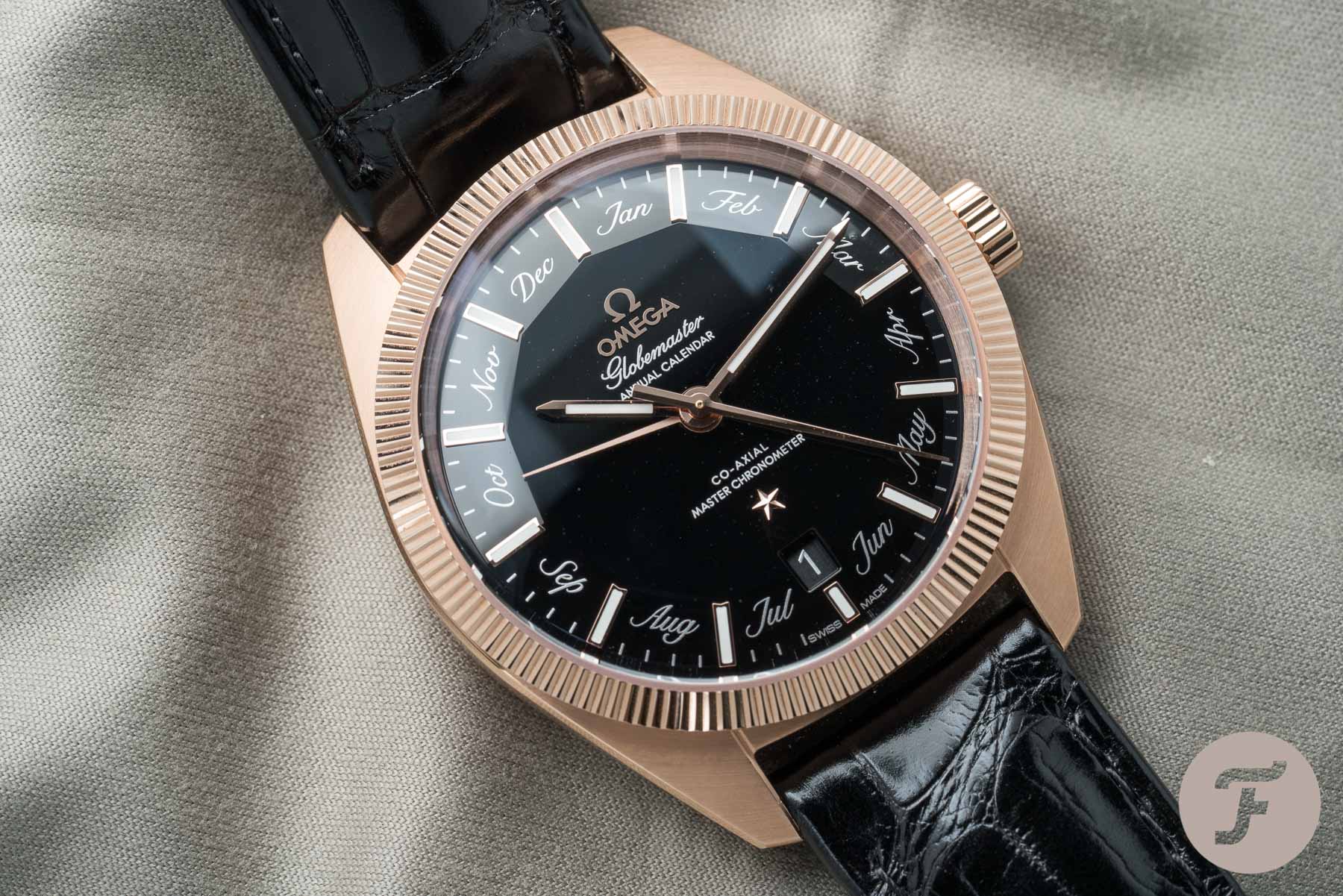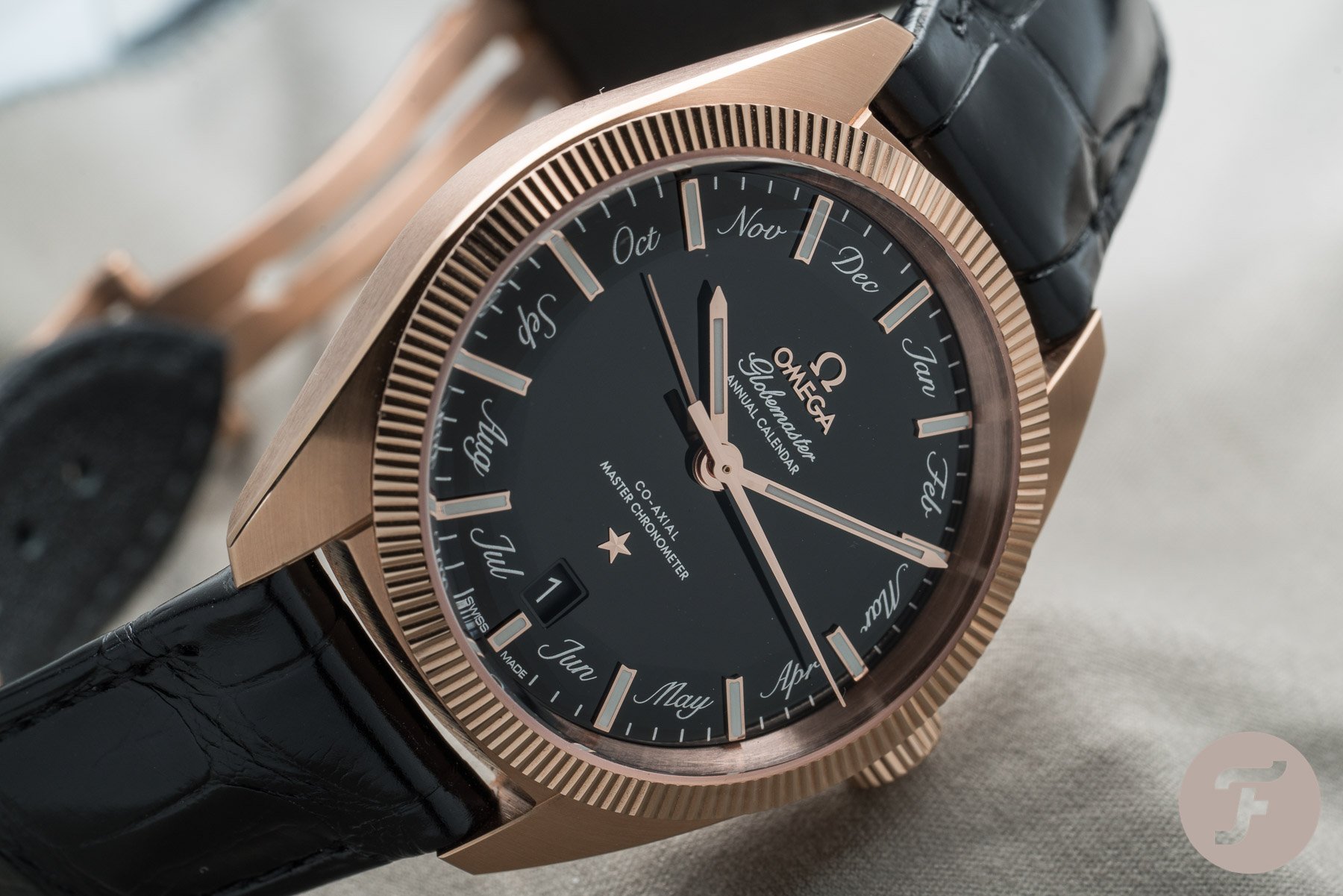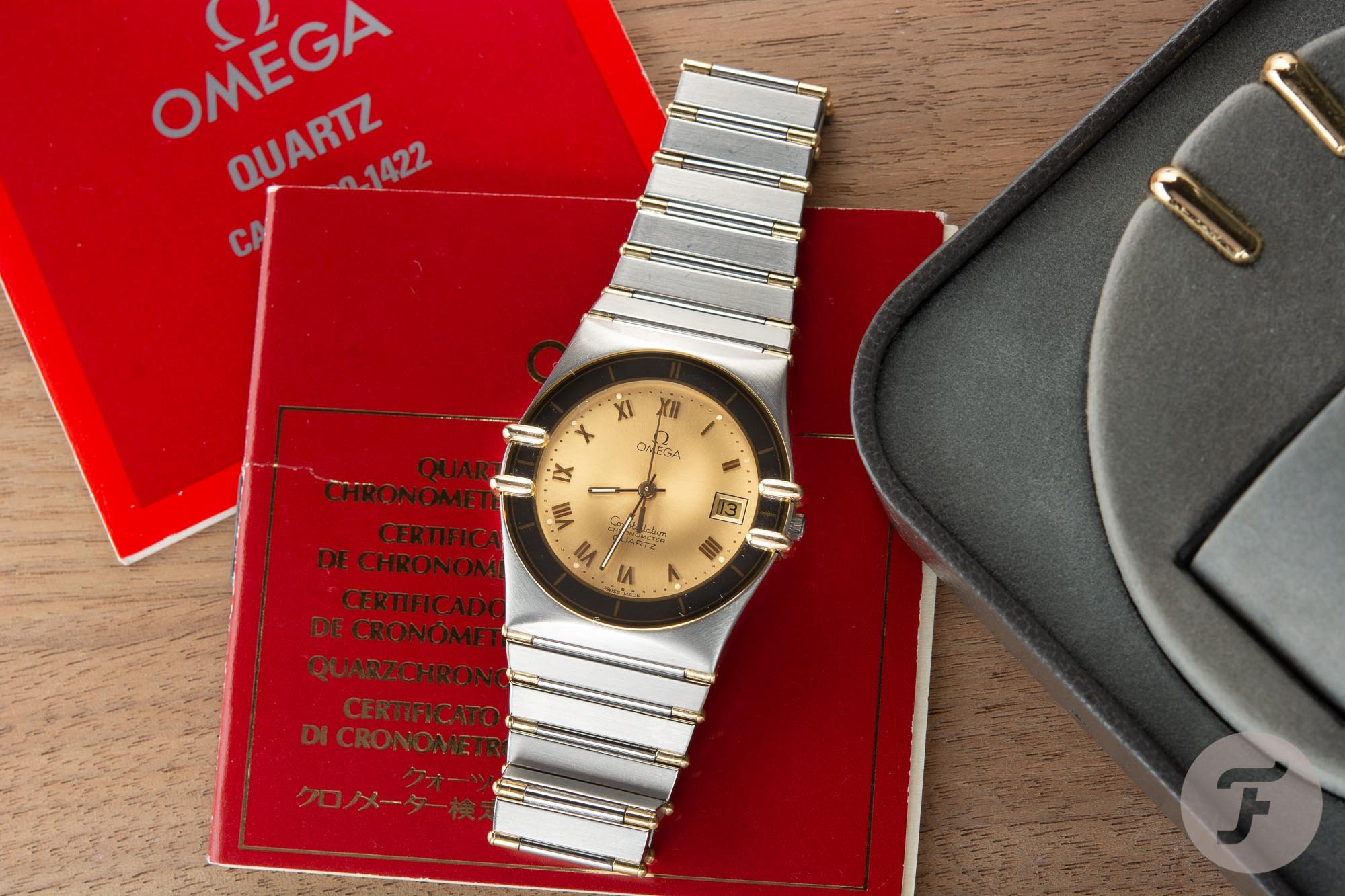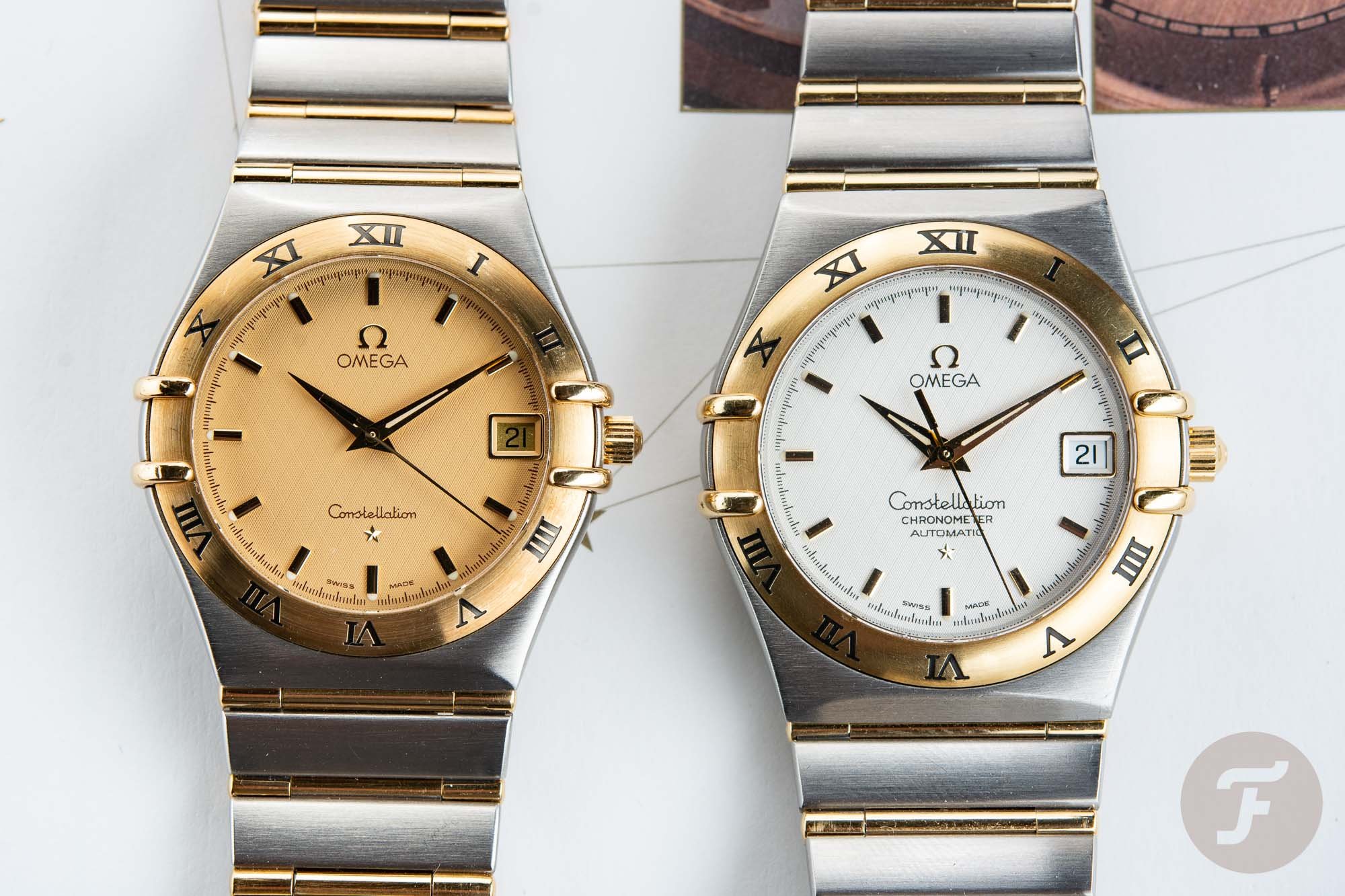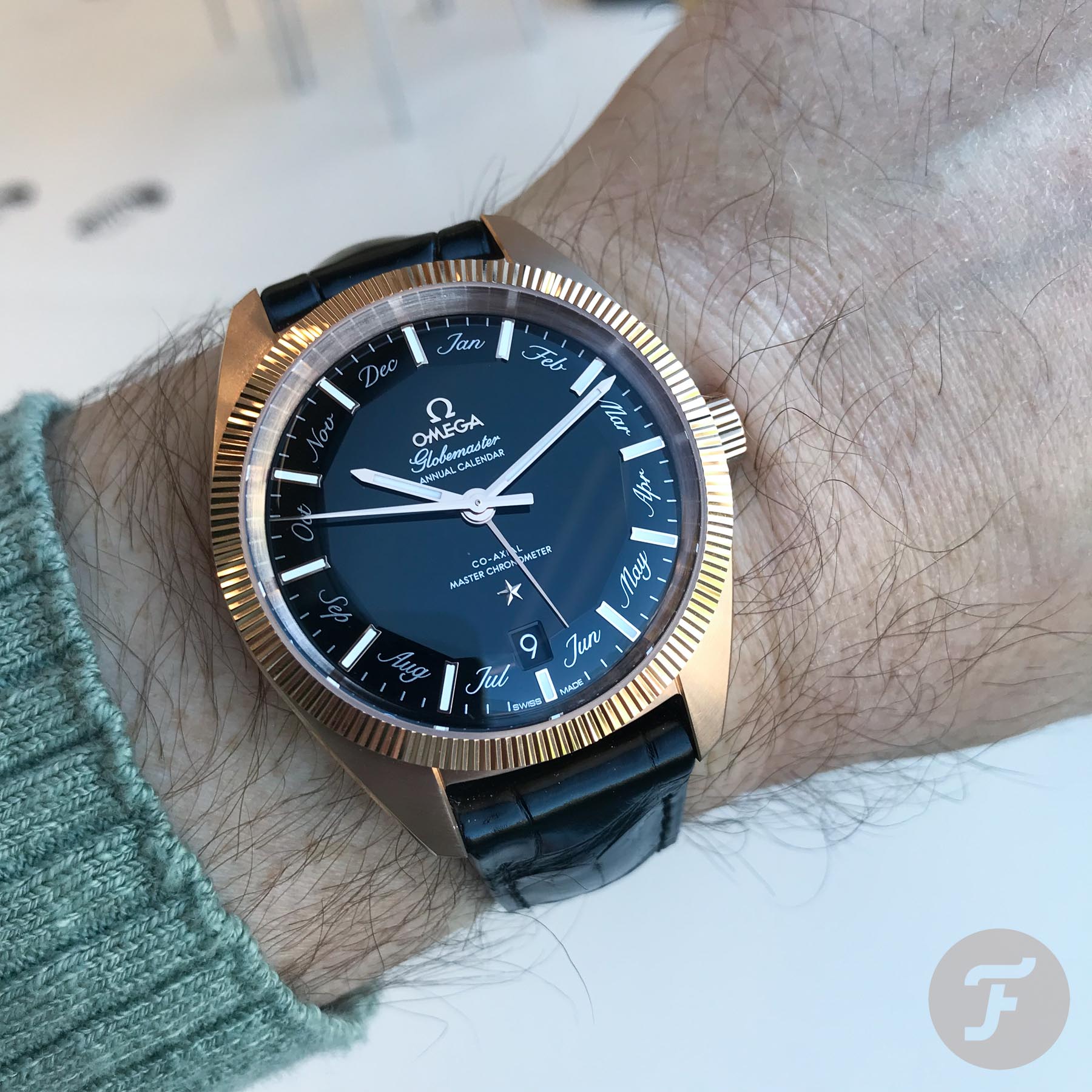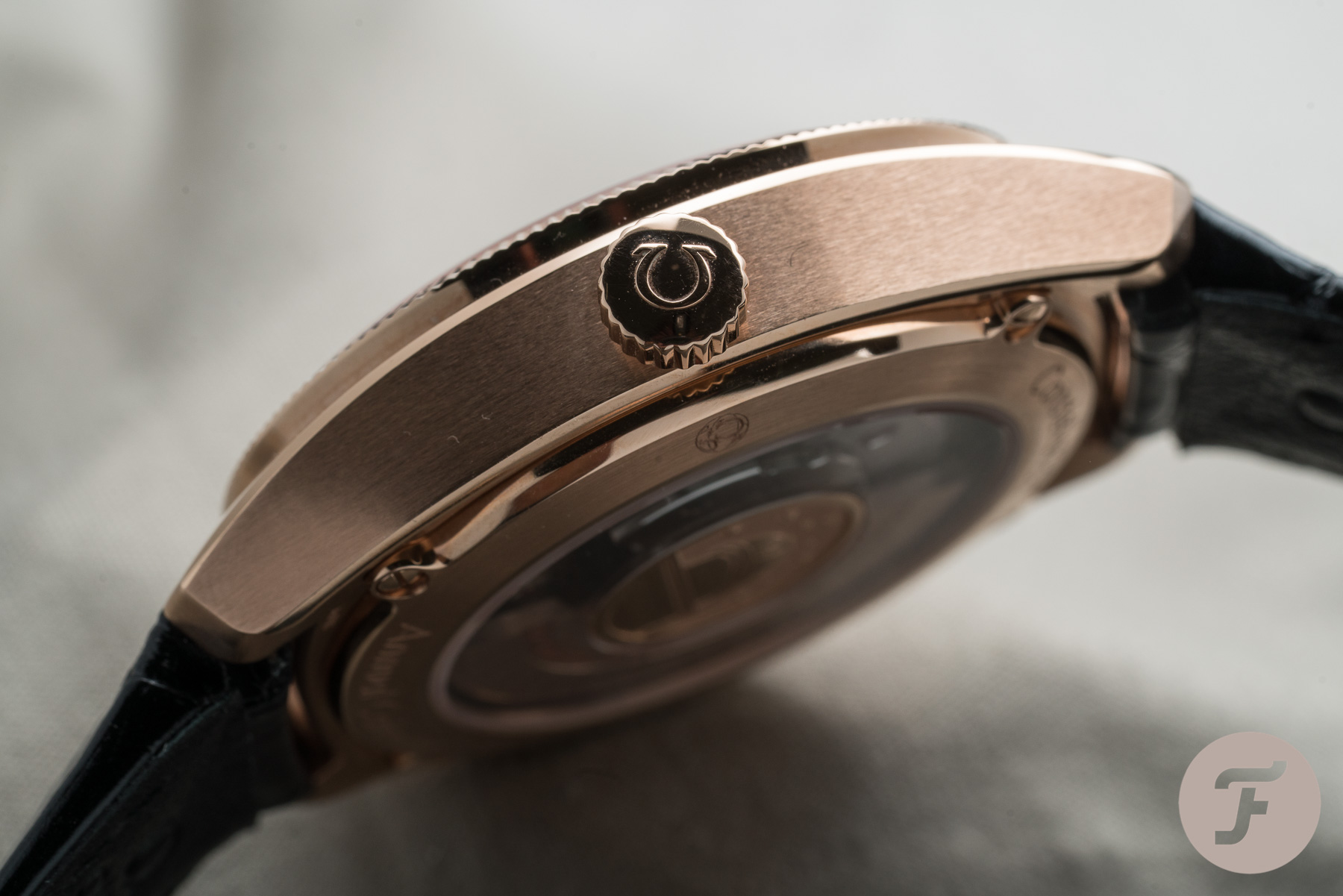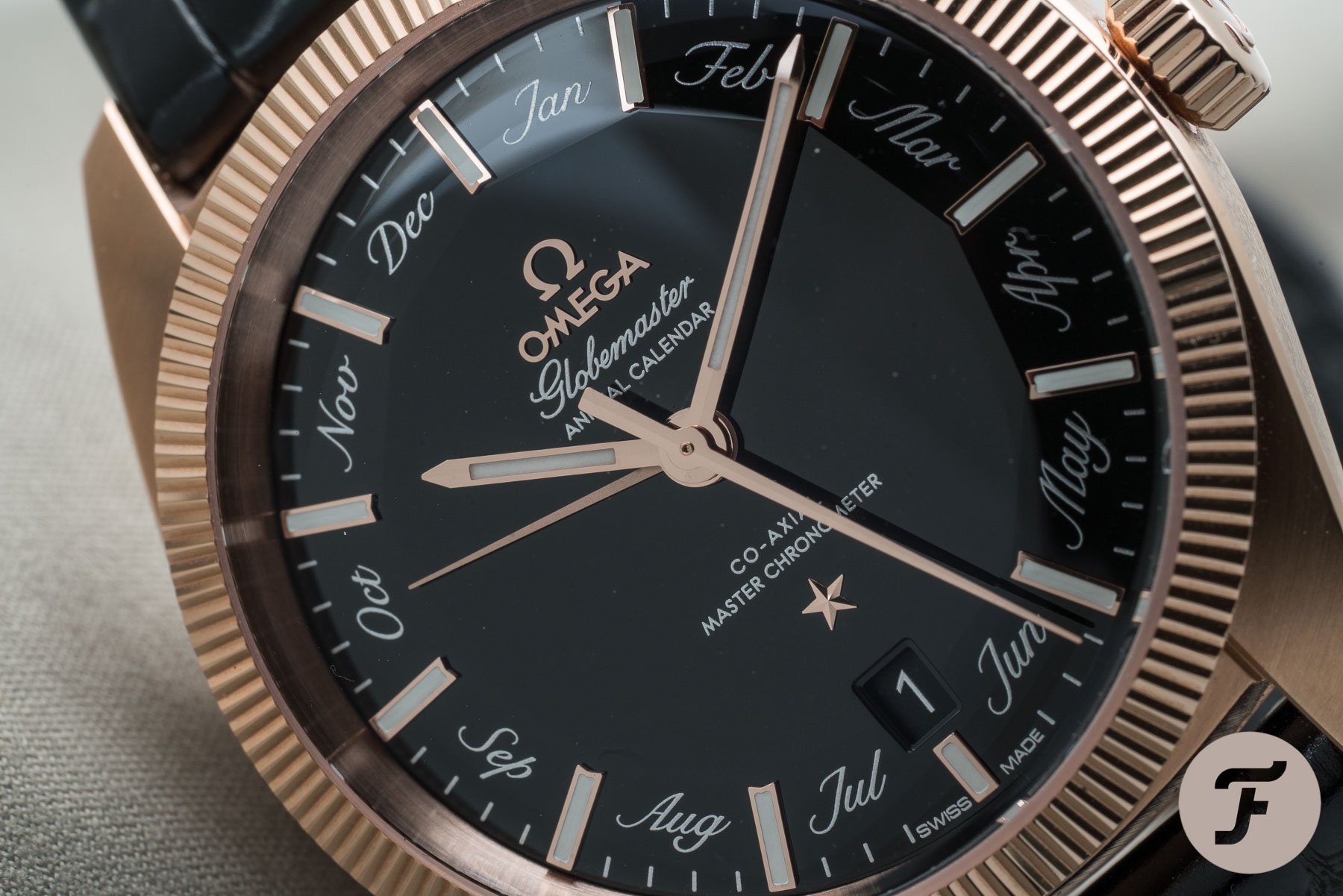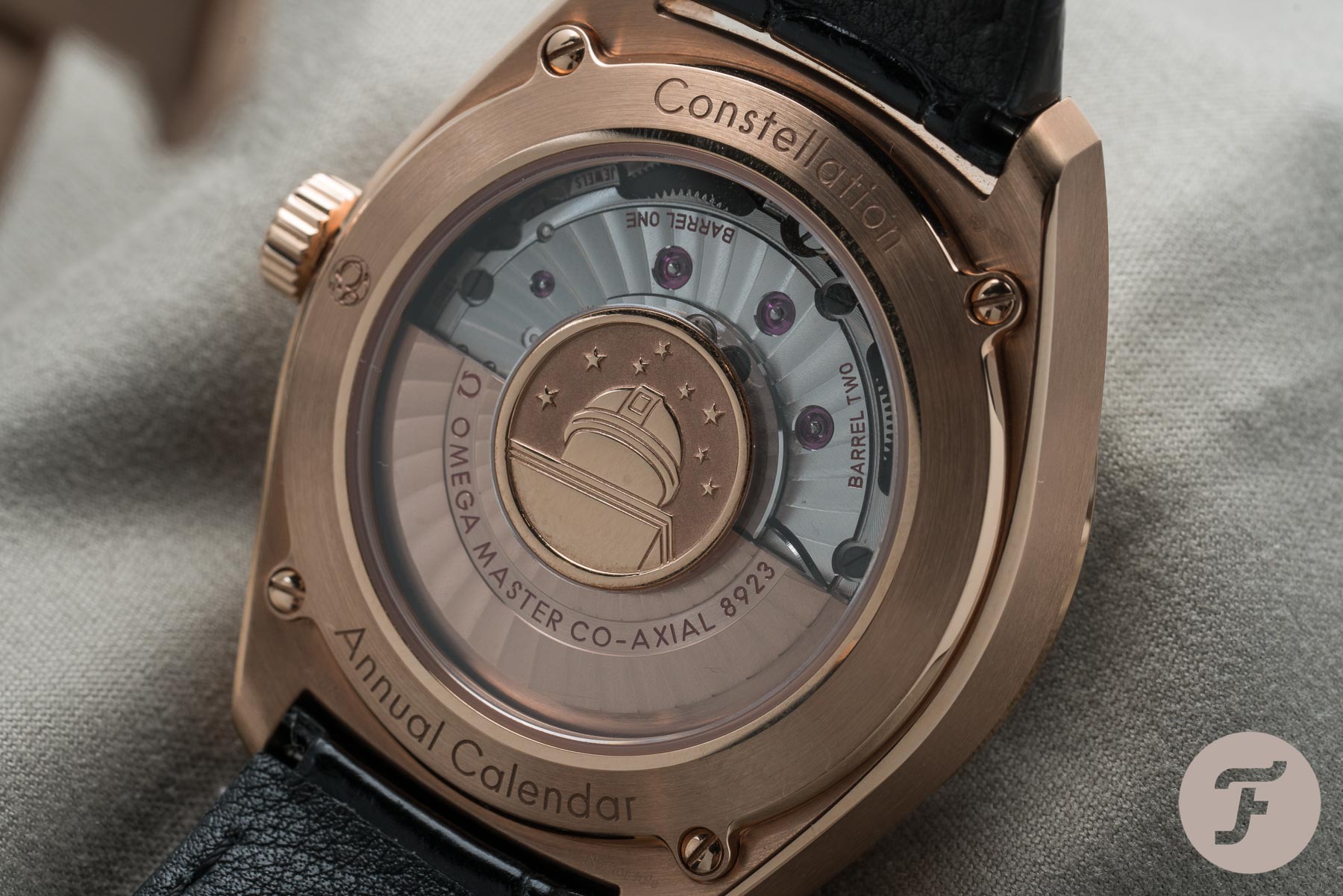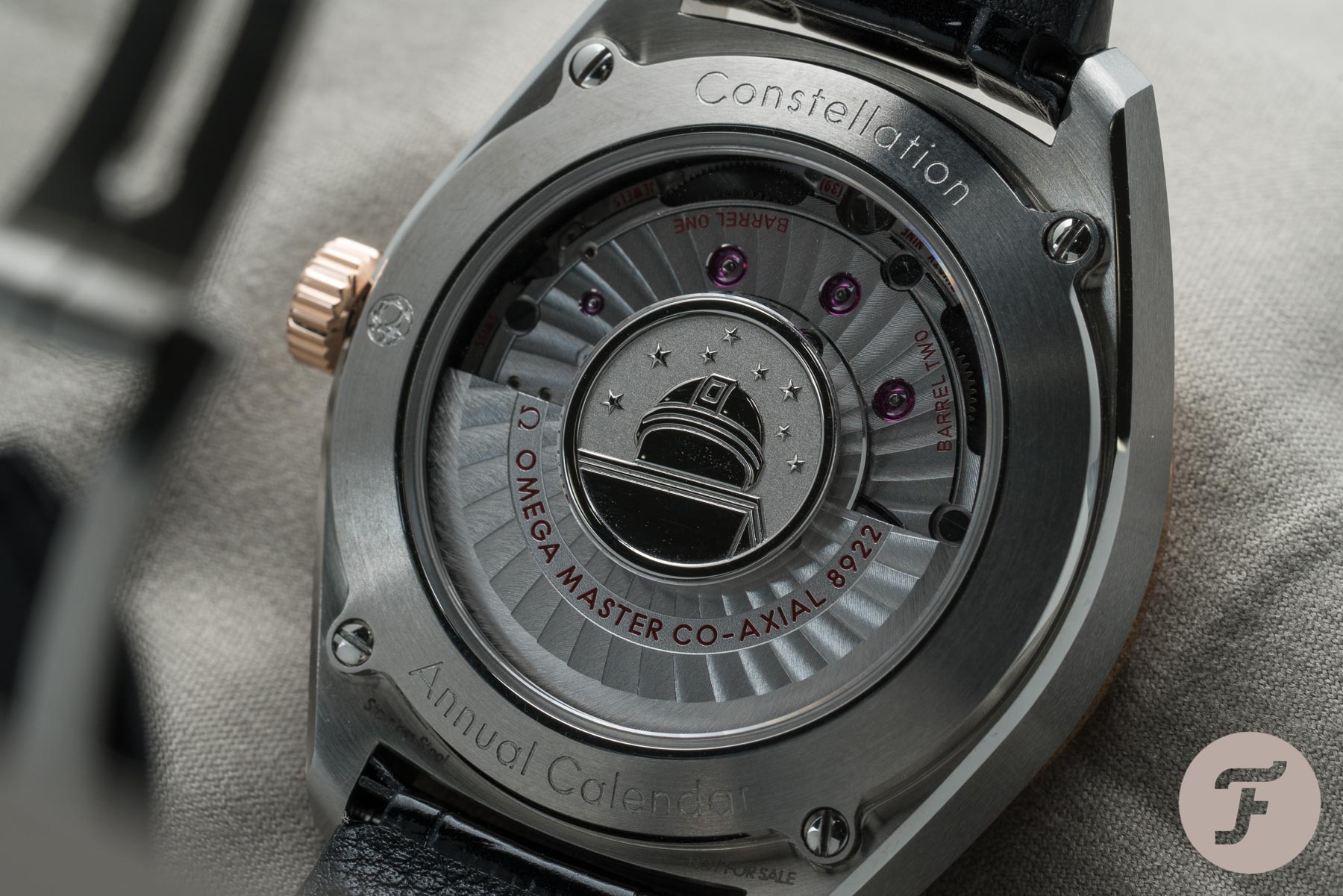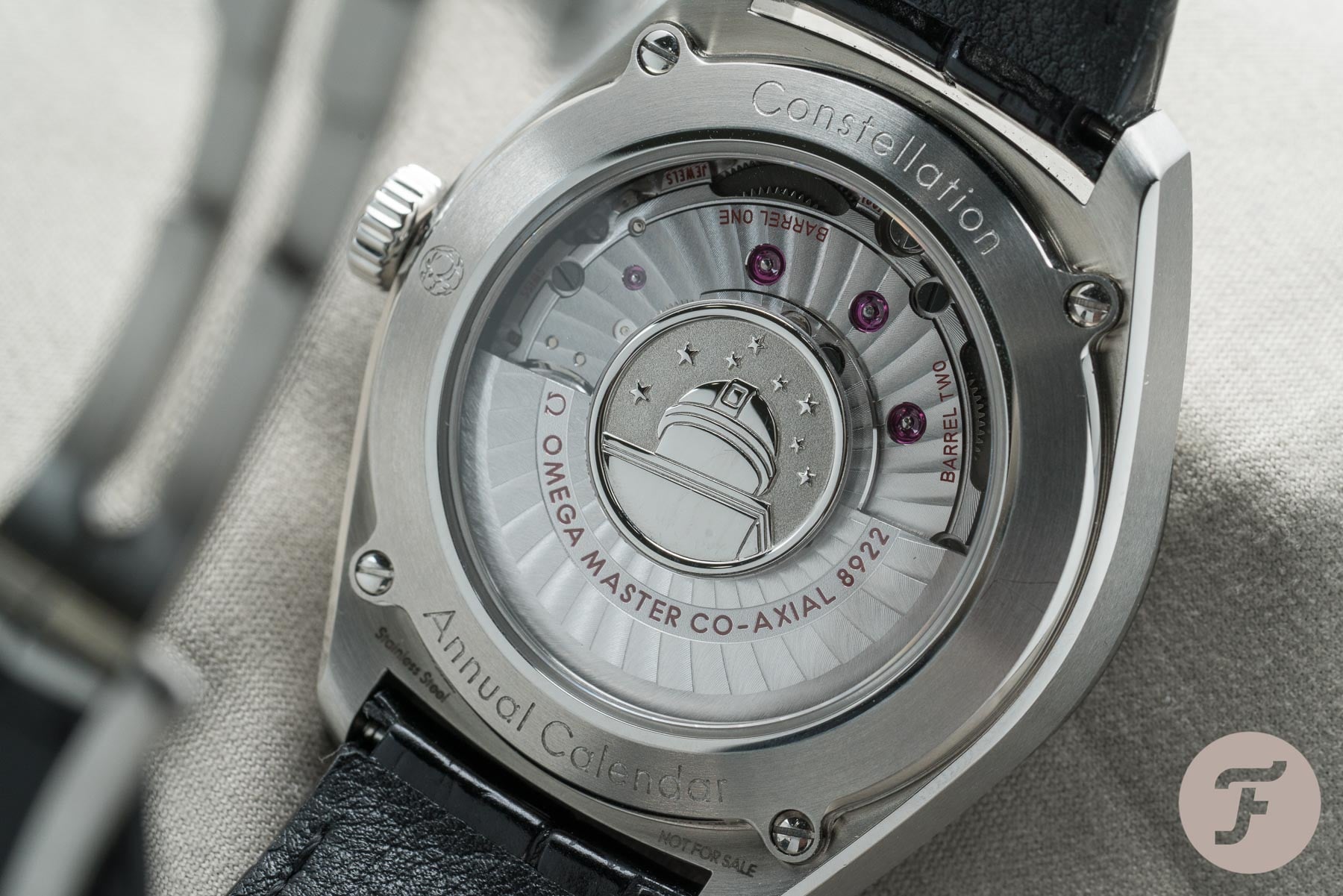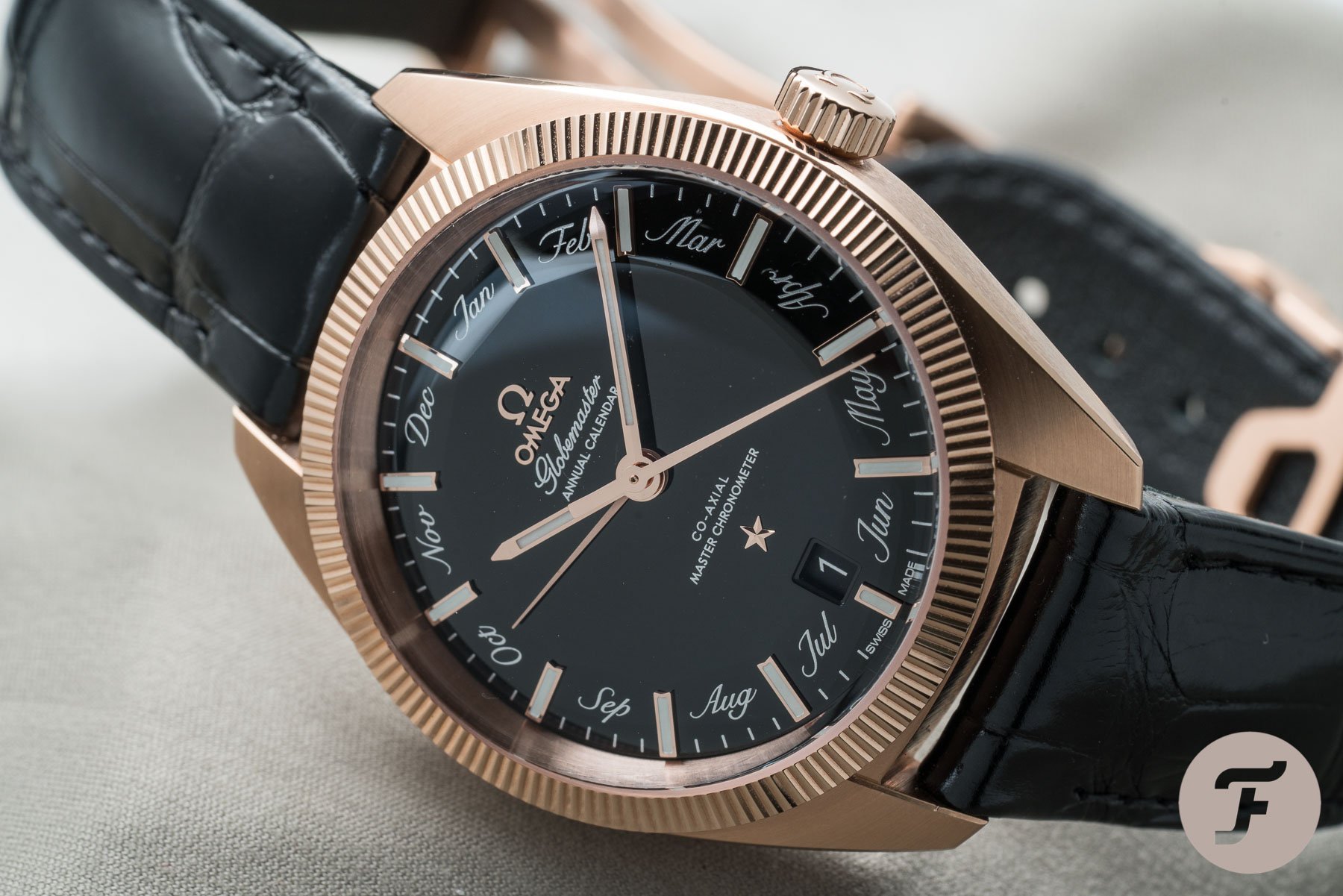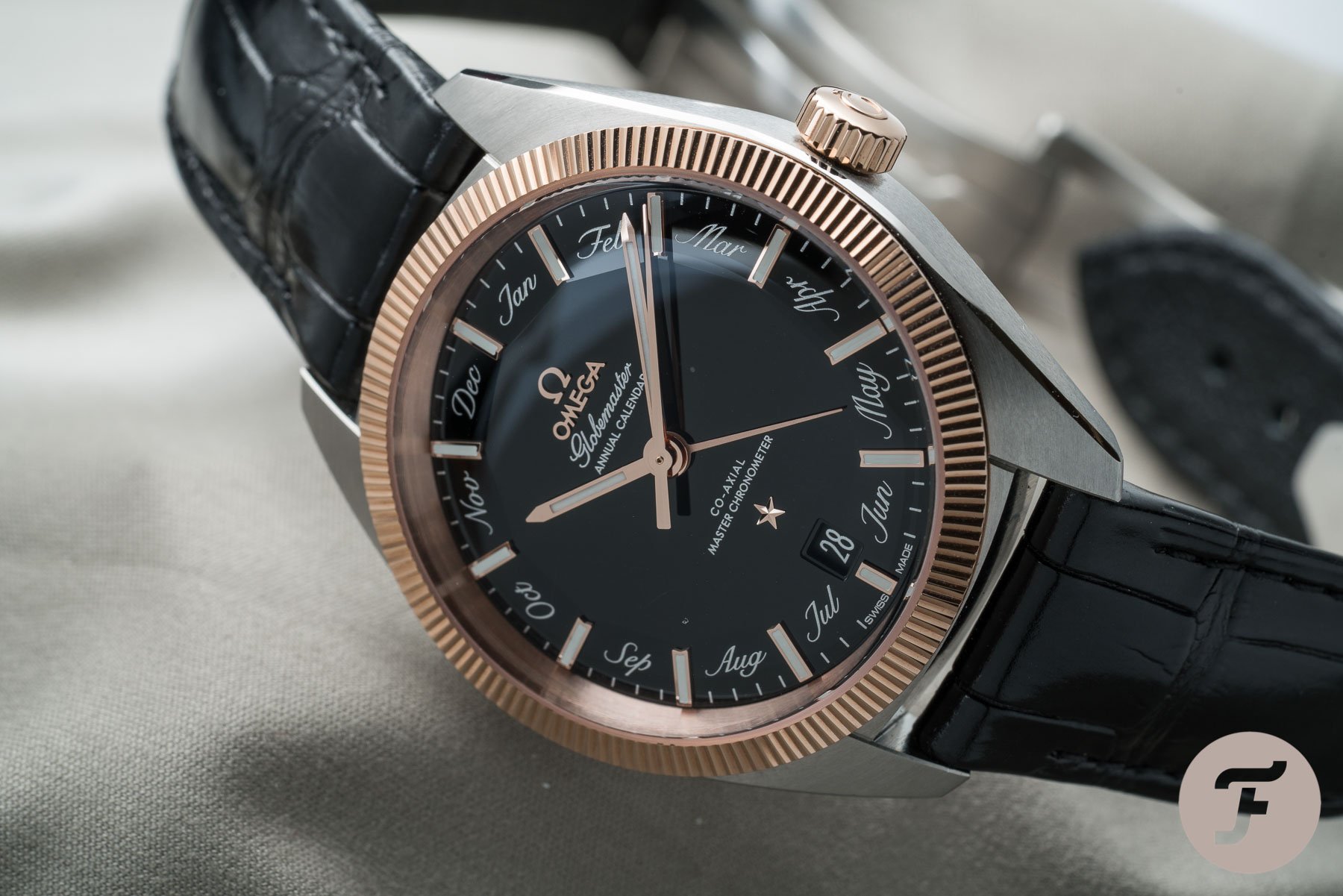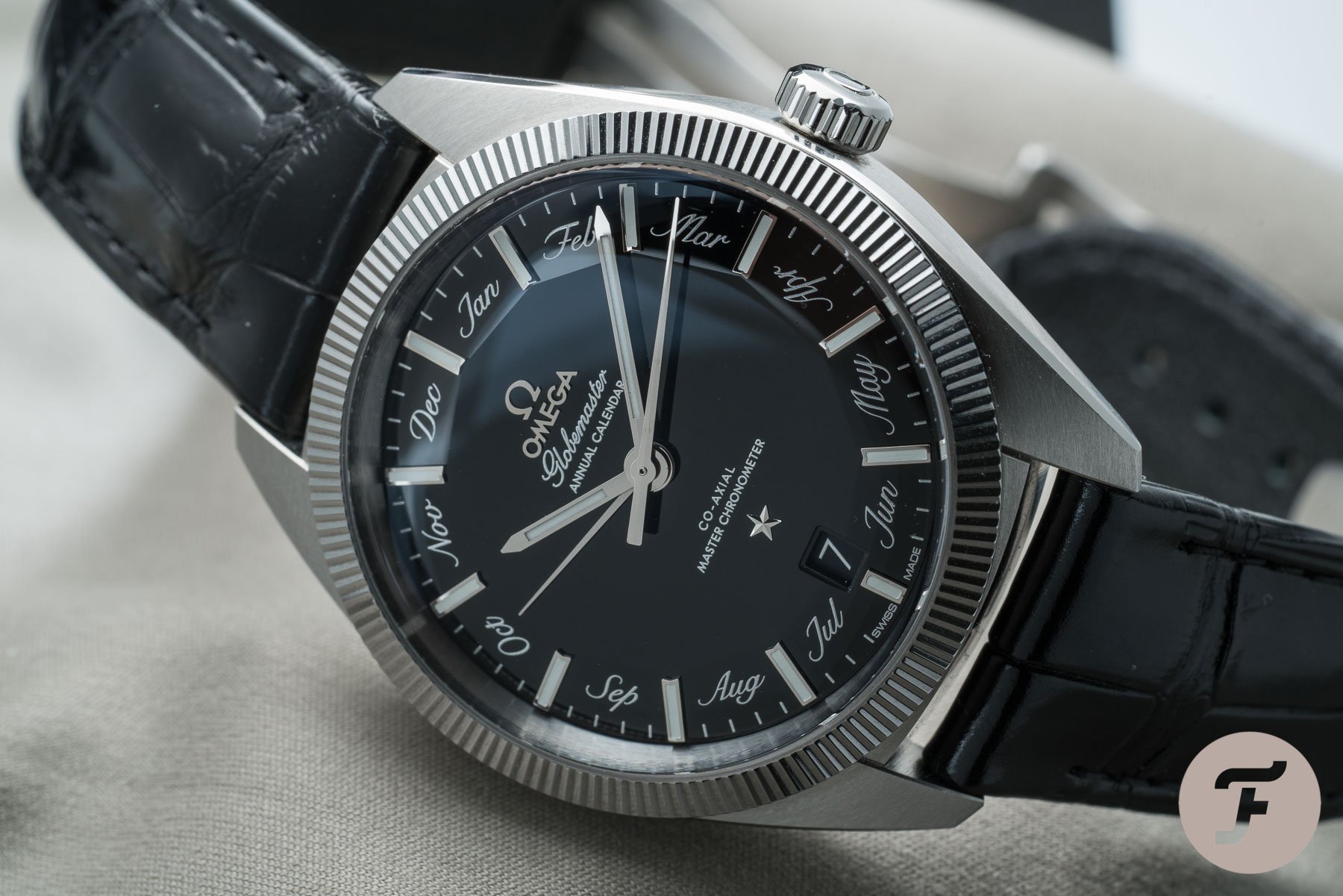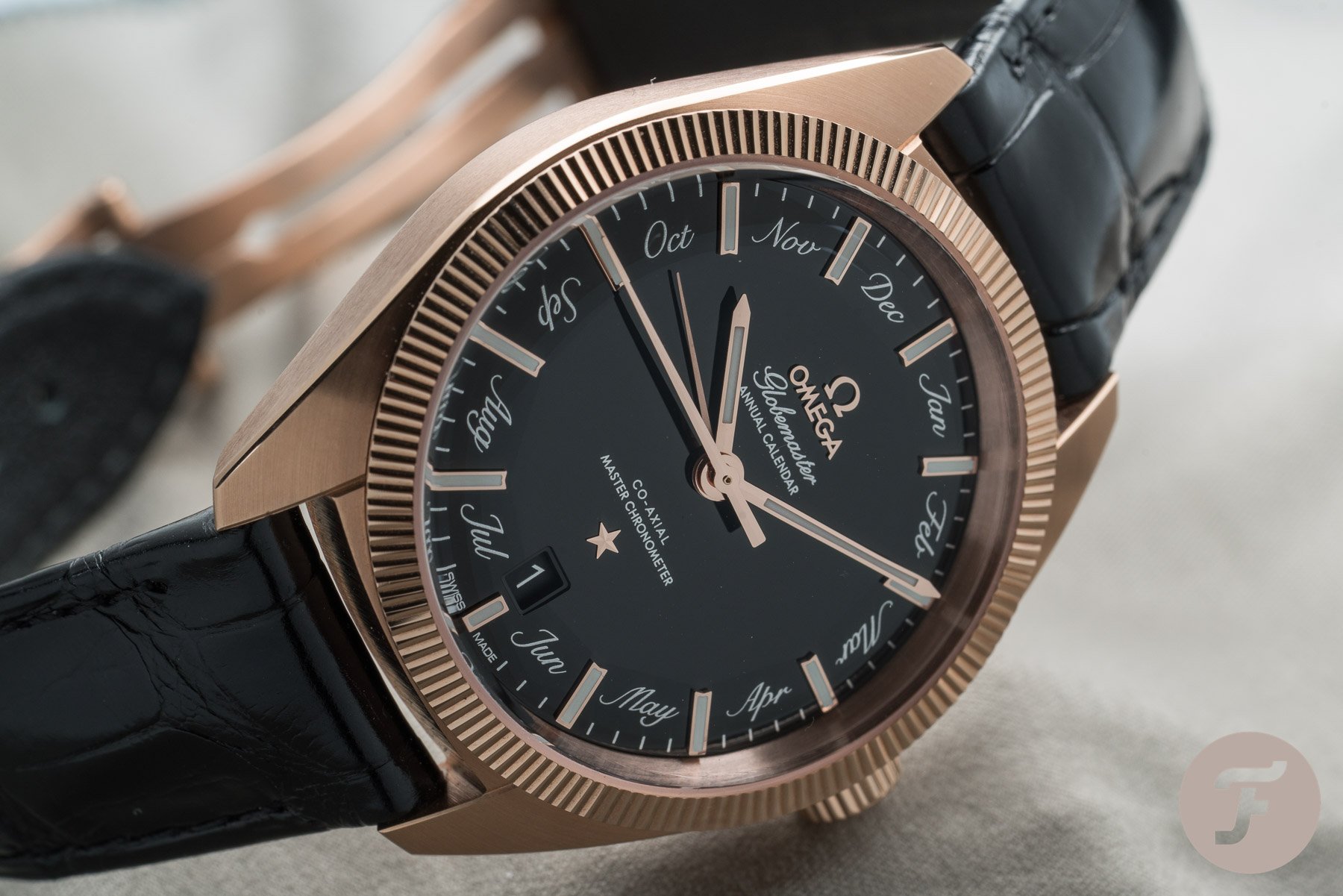Omega’s Best Kept Secret – Constellation Globemaster
When the Omega Globemaster was introduced in 2015, I was super excited. Not only because it was a great new addition for the Constellation collection, but also because it was the first Omega watch with the Master Chronometer certification. That year was Silver Snoopy and James Bond, which made the Globemaster disappear to the background a bit.
Not only that, the delivery of the Omega Globemaster watches to the boutiques and authorised dealers took a very long time. I would say that the momentum was gone at some point. In the last months, or perhaps last year even, I would say that I see that the Omega Globemaster is finally receiving some credits from collectors and enthusiasts. On Instagram and specific Facebook groups, I see more people proudly showing their Omega Globemaster watches. But, compared to a Speedmaster or Seamaster 300M, it is still definitely a minority.
I wasn’t too convinced at first, not because of the size, but because of the writing of the months on the dial.
Globemaster Annual Calendar
In 2016, Omega expanded the Globemaster collection with a slightly larger model, featuring an annual calendar complication. On the pie-pan dial, there are the months of the year displayed. An extra hand on the dial indicates the month, and except the leap from February to March, all other months have a perfect transition due to the annual calendar mechanism. I can call myself the happy owner of a regular Omega Globemaster, in 39mm, and find myself wearing it very often. It is a very versatile watch, as it is not the typical thin dress watch but also not a die-hard sports watch. Instead of a modest 39mm diameter, this annual calendar model needed a 41mm case movement. I wasn’t too convinced at first, not because of the size, but because of the writing of the months on the dial. Although it looks elegant, and we’ve seen a similar design from Patek Philippe recently, it came across as a bit ‘too much’. I have to say that I neglected the Omega Globemaster annual calendar most of the time, as I am pleased with my 39mm Globemaster. But this year, during the Time to Move event in Switzerland, one of Omega’s novelties was again a variation of the Globemaster.
The dial is in the pie-pan style inspired by the first Constellation model from 1952.
Constellation
Available in stainless steel, bi-colour and full gold. My favourite version is the 18-carat Sedna gold Globemaster with a stunning diamond-polished black dial. The dial is in the pie-pan style inspired by the first Constellation model from 1952. The pie-pan Constellation is one of the most sought-after vintage models of that collection, which was at the time Omega’s flagship. We did an in-depth write-up on those vintage Constellations in the past, which you can find here. Below a few examples of early 1950s and 1960s Constellations with the famous pie-pan dial shape.
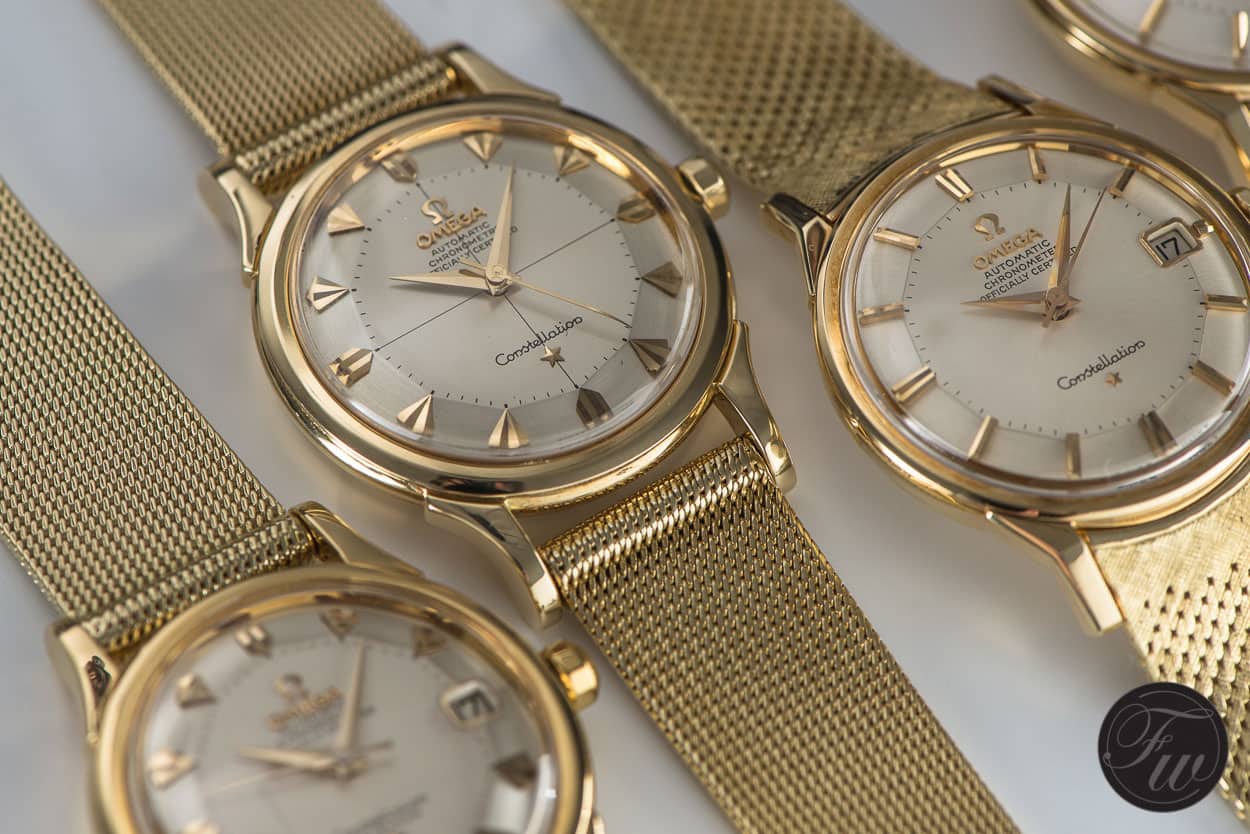
The Globemaster is part of the Constellation family of watches, nowadays most famous for their ‘claws’ and integrated bracelet design. This design was introduced in 1982 and is referred to as Constellation Manhattan. A collection that men often skip when browsing the displays at the Omega boutique, although in some parts of the world (China), it is one of their best sellers. For ladies, Omega did a very welcome redesign last year and introduced the name ‘Manhattan’ again for these watches. The case and bracelet received an update, with more bevelled edges, thinner case, new dials and new movements.
I am looking forward to seeing the men’s version of the Constellation Manhattan in the future; I have a weak spot for them. See below for a few of those models from my collection. On the left the very first Constellation Manhattan from 1982 for gents (with original box with ‘claws’ design) and on the right the Constellation’95 models, from the late 1990s.
- Constellation’95 models for gents.
I think that the Globemaster is a welcome addition to the Constellation family, as it grabs back to those early pie-pan models. Meantime, it has all the new technologies on board that Omega is so proud of. Not only the use of their gold alloy (Sedna) but also when it comes down to the in-house developed movement.
Fluted bezel
One of the most frequent critics I read or hear about the Globemaster is the supposed resemblance with the Rolex Datejust or Day-Date. This has everything to do with the bezel, of course. Although there are other brands with a fluted bezel out there, it is often associated with Rolex. Omega versus Rolex is often a topic of discussion like Apple versus Microsoft or BMW versus Mercedes. So it is also not very surprising that when Omega started using a fluted bezel (again) as well, people jumped on it. Omega has a history using fluted bezels in the past as well, also on the Constellation models (also referred to as C-shape Constellation).
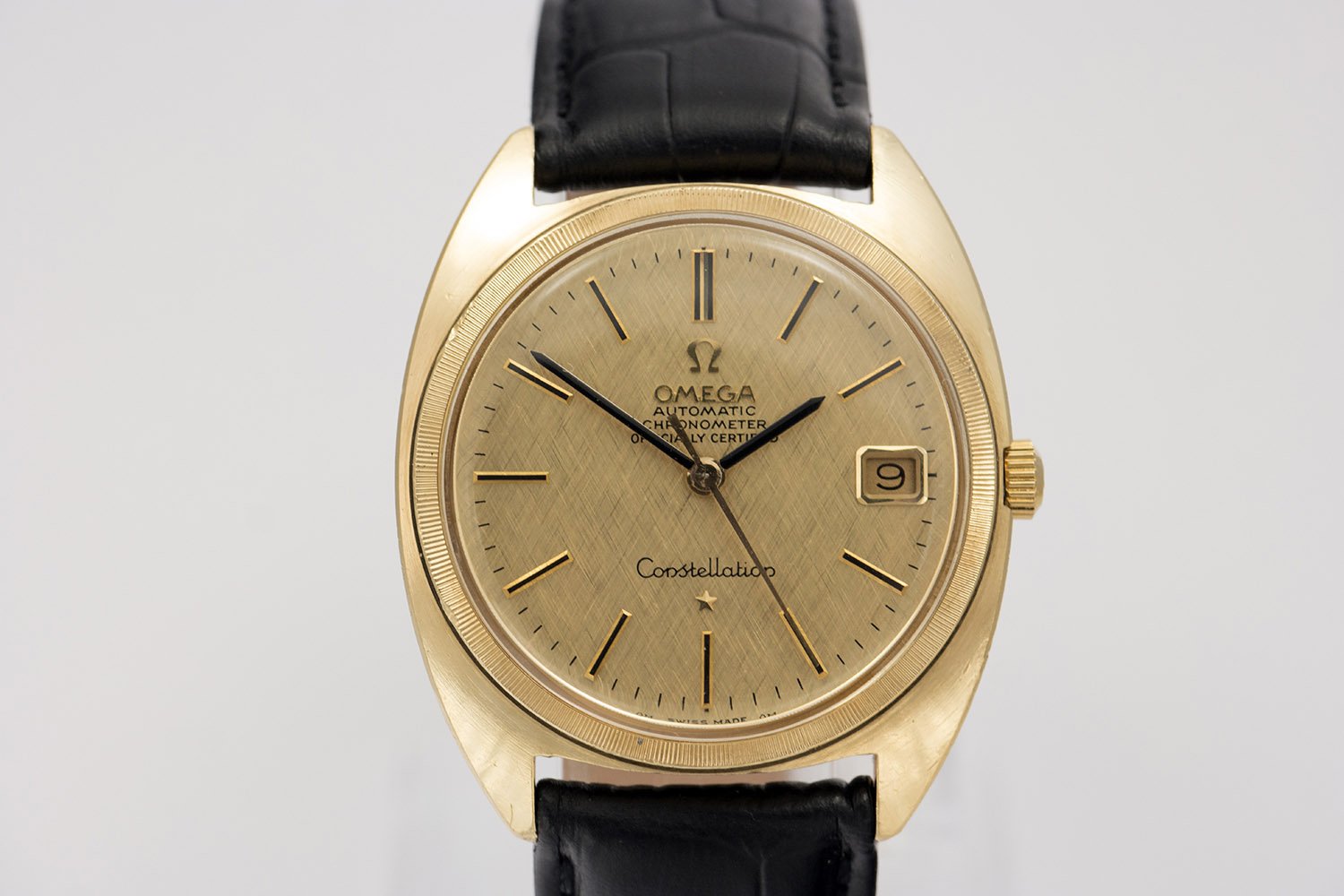
Omega Constellation 168.017 (Picture: Marcel’s Watch Group)
I think the fluted bezel fits the design of the Omega Globemaster perfectly. I tried to imagine what it would look like with a smooth bezel, but I think the watch would look a bit duller. What’s interesting is that aside from the fluted bezel, there’s no further resemblance to the Datejust or Day-Date. The shape of the case is very different. I’ve asked several people who came up with the ‘It looks like a Datejust’-comment if they have seen and tried a Globemaster in the flesh, and you can guess the answer. And that’s I think what makes the Globemaster a watch that is a bit under the radar, or ‘Omega’s best kept secret’, as you wish. The Globemaster needs to be seen in the flesh and tried on the wrist. This goes probably for both versions, the 39mm and 41mm.
On the Wrist
Enough with the rambling on fluted bezels and vintage Constellations. Let’s see how this watch looks on the wrist. First of all, the 41mm wears significantly larger than 39mm. That said, although it appears a bit large on the picture below, I am used to wearing 42mm and 43mm watches on my 18/19cm wrist. So when it comes to size and whether it looks good, I would say it is no issue. It is just what you prefer to wear. An often-heard comment is that 41mm, or even 39mm, is too large for some who like the looks of the Omega Globemaster. But make sure to give the 39mm a try, if that’s your general thought.
I think the 41mm watch wears quite well, but the size was never my main concern about the Globemaster Annual Calendar. The alligator strap is of high quality, and the folding clasp does the job right. Although it appears dressy with this shiny strap, it can be worn on many occasions. The weight of the watch is significant (since it is 18-carat gold) and the beautiful finished black dial with the gold and silver accents make sure you feel that you’re strapping something special onto your wrist.
The finishing of the case is beautifully done, with the satin-brushed case band and bevelled edges. As you can see, the slightly domed shape of the case makes it also comfortable on the wrist. Here you can see that it is also nothing similar to the aforementioned Datejust or Day-Date models; it has a very different design.
Annual Calendar
The writing on the dial was something that didn’t excite me when the Globemaster Annual Calendar was introduced in 2016. I also have to add that I never really worn the watch, but I had tried it on later occasions when I was visiting a boutique or authorised dealer. In the flesh, the writing isn’t that obvious, or disturbing. I think it is even more visible on this black dial version with silver writing than it is on some of the previously introduced models.
And I don’t know what it is, but I like the printing of the months on this black dial version. I am guessing that it is because of the diamond-polished black dial. The combination with rose gold, or Sedna gold, is very warm. When you take a closer look at the dial, you will find that there’s quite some writing on there, but on the wrist, it isn’t disturbing at all. The silver printing makes the watch a bit more alive. Something is happening there, and that’s true with the useful annual calendar.
Caliber 8922 & 8923
Aesthetics aside, the annual calendar means that there’s a more complicated movement inside this watch compared to the 39mm version. A clever (programmed) mechanism can advance from the 30th to the 1st, or the 31st to the 1st of the next month, whatever is applicable. Except for March 1st. From February 28th or February 29th, it will just advance to the next digit. So on March 1st, you’ll have to do a slight correction yourself with the date (and then the pointer to the month will advance as well).
Inside the Omega Globemaster Annual Calendar is their caliber 8922. For the gold version, like the one in this watch review, Omega uses their caliber 8923. The only difference is the use of gold for the rotor and the bridge. As you can see below, the bi-colour (steel and Sedna gold) and the steel version both have the caliber 8922, with no gold accents. The observatory medallion is also in gold on the full Sedna gold model. The 8 stars of the observatory have a special meaning. These 8 stars are about Omega sweeping the competition and breaking eight chronometric records in all categories at the Geneva Chronometer contests in 1931.
Besides the brand and model name engravings on the case back, you will also find the little globe logo engraved (next to the crown). This has nothing to do with the watch being a Globemaster, but with copyrights and the use of copyrights to control specific markets (more here).
The caliber 8922 and 8923 movements have a power reserve of 55 hours, using two barrels in series. METAS certified this movement as Master Chronometer, so it is anti-magnetic up to 15,000 gauss and provides an accuracy between 0 – +5 seconds per day on average. Even after it has been exposed to magnetic fields, and this happens more often than you think. Also, you will receive a special card with a Master Chronometer watch, where you can look up the specific test results of your watch. Omega provides a 5-year warranty on their watches.
Variations
Although the Sedna gold model has my preference, the price tag on the steel and bi-colour models is friendlier for your wallet. The price tag of the gold Omega Globemaster Annual Calendar is €22.000,-. The bi-colour version comes at €10.000,- and the all stainless steel Globemaster Annual Calendar will retail for €8.000,-. These are considered serious prices, but we are talking serious watches.
Just like the 39mm edition from 2015, the Globemaster can use a touch of gold. The all stainless steel watch is perhaps a bit more versatile, as you can even put it on a NATO strap (or a different leather strap, play a bit with colours). But I love the warmth of Sedna gold, especially with the black dial it makes perfect sense. The bi-colour makes the watch a bit more sparkling than the all-steel version, but I am sure gold is not for everyone. So I feel it is good that Omega made three different versions with the black dial to choose from.
Omega Globemaster Annual Calendar – Conclusion
The Omega Globemaster allows you to own (and wear) a modern watch that reminds you of the Constellations from the past, but with today’s dimensions and innovations. You can hunt for an Omega Constellation from the 1950s or 1960s, but that is not the same. Not everyone likes to wear a 34mm/35mm watch that needs to be treated with care. For those who love the pie-pan dial of those early Constellations, but want to wear something modern that is suitable for everyday use, the Globemaster is a great collection. I didn’t need to get convinced about the Globemaster (you can read my earlier review here) but did for the annual calendar version. Where the first series needed some time from me to get used to them, this polished black dial version was bulls-eye for me right away. Especially the full gold Sedna version.
The retail price of €22.000,- will give you access to a lot of different watches on the market, for sure. In some markets, including where I live, buying a gold watch is still something uncommon or even frowned upon. But as I have written above, for me the Globemaster can use a bit of gold. So if the steel version is something in reach, I would try to stretch it a bit for the bi-colour version. The 39mm version of this watch starts at €6500,- and the bi-colour model has a retail price of €8000,-.
I will end this review with the title at the beginning; I think the Globemaster is one of the best kept secrets from Omega. It is a fantastic versatile watch, inspired by one of their classics from the 1950s and 1960s. On top of that, it offers some pretty good specifications.
More information and an overview of all Globemaster watches can be found here.

